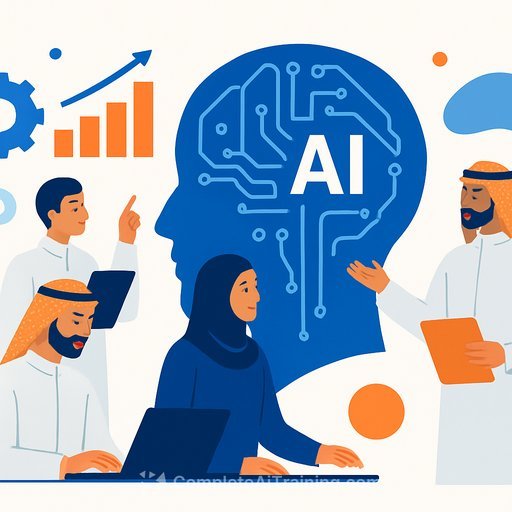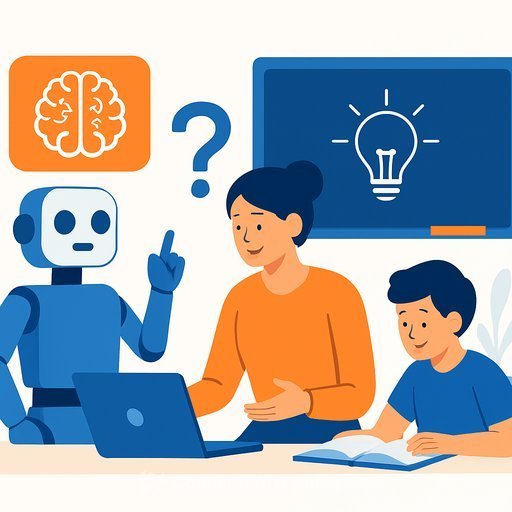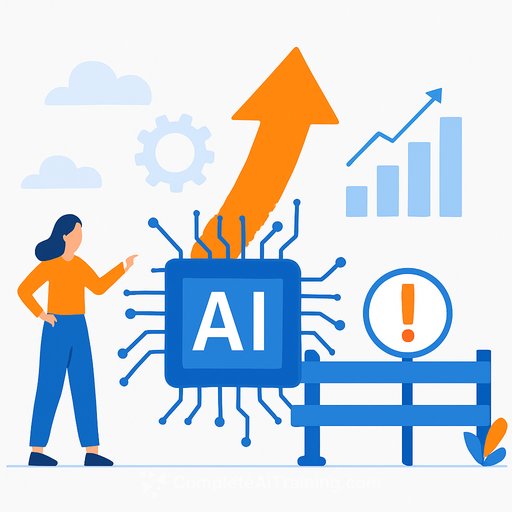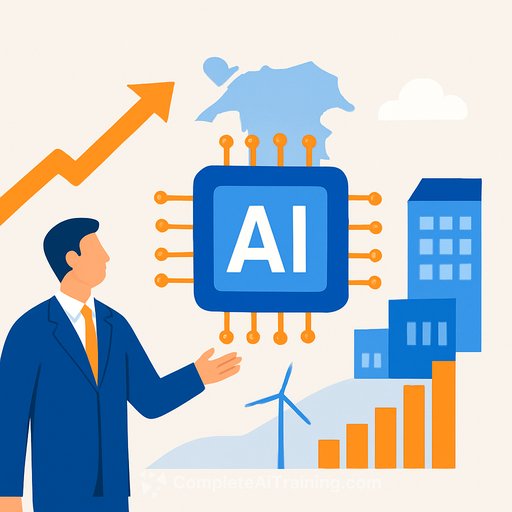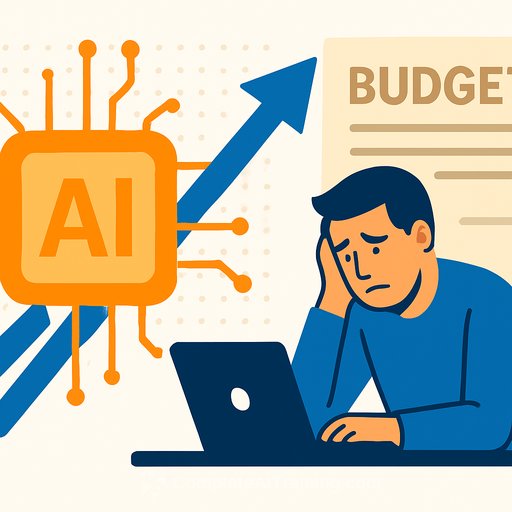AI Diversity & Inclusion: How Brazil is training 5 million learners to work with AI by 2027
Brazil is running one of the largest public-private AI skilling efforts on the planet. ConectAI, announced in 2024, has already helped 2.5 million people learn to use AI and plans to reach 5 million by the end of 2027, in partnership with the federal government and 26 organizations.
Alongside training, there's a R$14.7 billion (about $2.6B) investment in cloud and AI infrastructure. The goal is simple: create jobs, support schools, and give every learner a fair shot at the future of work.
Why this matters for education and public leaders
Access is improving. An estimated 93.6% of households in Brazil have internet access, according to the Brazilian Institute of Geography and Statistics (IBGE). See recent data from IBGE.
Mobile coverage is deep. There are more mobile lines than people in the country, notes the National Telecommunications Agency. Details at Anatel.
Yet the digital divide persists in low-income communities. That gap won't close without intentional training, devices, mentorship, and local hubs that keep learners engaged.
What ConectAI provides
- Free online courses through LinkedIn Learning and partner platforms, from AI fluency and digital literacy to technical skills.
- Collaboration with government and 26 official partners to connect learning with jobs and public services.
- Pathways that include intro certifications (AI-900, AZ-900) and hands-on practice.
- Community programs with mentors, such as initiatives by Trust for the Americas.
- Industry alignment through SENAI, helping training match real employer needs.
- Cloud and AI infrastructure investment to support growth in schools, businesses, and public agencies.
Stories behind the numbers
Lamonier Barbosa, Rio de Janeiro
Barbosa worked at a gym, fixed old computers on the side, and kept learning through the pandemic. He enrolled in Microsoft's free AI bootcamp and later landed an internship at a multinational tech consulting firm.
"Through the AI training program my life was totally transformed - from water to wine," he says.
Vivian Vasconcelos, Maracanaú (Ceará)
Vasconcelos didn't have a computer at home, so she walked 40 minutes to a nearby center four times a week to study customer service, basic computing, and app development. A mentor from a Microsoft course helped her go deeper on AI.
She now uses AI assistants to learn and grow on the job at a textile factory, with an eye on joining IT - and she's still holding onto her dream of studying law. "When you have a goal, age doesn't matter. What matters is the achievement."
Julia Ribeiro, Ribeirão Preto (São Paulo)
After a tough period at home, Ribeiro joined SENAI as a young apprentice and started technical studies. Intro courses in machine learning opened a door. She then completed AI-900 and AZ-900, and a free Microsoft AI course in cloud computing.
Today she's an infrastructure and cloud analyst, using AI to write code and solve problems, earning 10 times what her mother made as a housecleaner. "Someone trusts me," she says - and she's helping her mom become a nurse.
Virginia Chagas, Rio de Janeiro public schools
Chagas is a teacher and training lead in a district that supports around 140 schools and 65,000 students - part of Latin America's largest public education network, according to Unicef. Her team fields hundreds of emails daily from schools, parents, and staff.
Using AI tools like M365 Copilot, she summarizes messages, pulls out deadlines, drafts replies, and documents services for students with special needs. "We review everything carefully," she says. "The AI tool helps a lot."
To colleagues, her message is clear: AI won't replace teachers. It gives time back for what only humans can do - teach with meaning, presence, and care.
How the model works (and scales)
- Free, flexible learning that meets people where they are - from basic digital skills to AI jobs.
- Mentors and local centers to reduce dropout and keep learners motivated.
- Industry-aligned curricula through partners like SENAI to connect training with real roles.
- Public sector use cases (like email triage and documentation) that save time for frontline staff.
- Infrastructure investment so schools and cities can run modern tools reliably.
Practical steps for governments and schools
- Stand up local training hubs with reliable devices, especially in low-income areas.
- Offer micro-scholarships, transport support, or childcare to keep attendance high.
- Integrate AI literacy in K-12 and technical education with clear classroom policies.
- Train staff to use AI for admin work (email, summaries, forms) with human review before final decisions.
- Track outcomes: course completions, certifications, job placement, and pay lifts.
- Partner with employers early to shape curricula and set up internships or apprenticeships.
Practical steps for learners
- Start with an intro AI certification (like AI-900) and basic cloud (AZ-900). Study in short, daily blocks.
- Build a small portfolio: automate a report, draft policy summaries, or prototype a school workflow with an AI assistant.
- Find a mentor through community programs or your school. Feedback accelerates progress.
- Apply skills at work immediately - even small wins (email triage, documentation) create momentum and visibility.
Where to begin
If you're planning training programs or mapping career paths, curated certification paths can save time. Explore options here:
Brazil's approach shows what's possible when access, guidance, and real job pathways come together. The result: people like Barbosa, Vasconcelos, Ribeiro, and Chagas changing their work - and their lives - with practical AI skills.
Your membership also unlocks:



